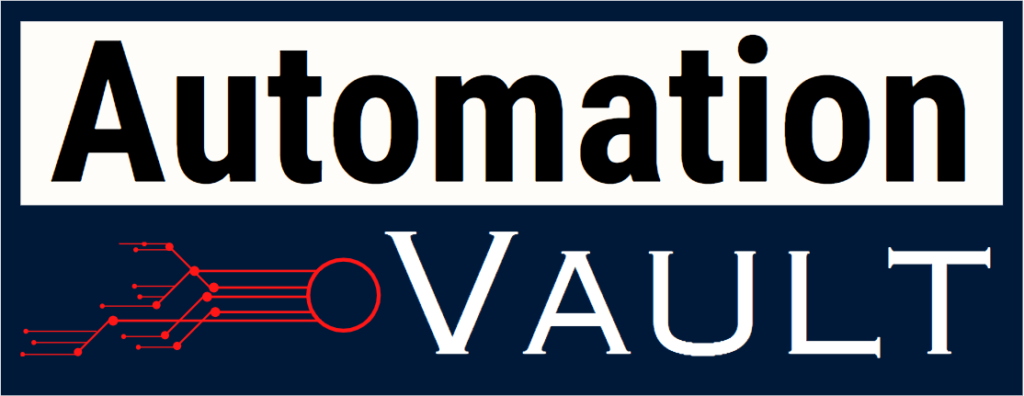In the bustling realm of technology, the fusion of data and automation has emerged as the dynamic duo reshaping the landscape of business operations with intelligent processes. As organizations navigate the era of Artificial Intelligence (AI) and digital transformation, the marriage of data-driven insights and automated processes has become a catalyst for unprecedented efficiency and innovation.
The Foundation: Data as the Cornerstone
At the heart of this transformation lies the invaluable currency of the digital age: data. Organizations today are not merely collecting data; they are harnessing their power to drive informed decision-making and fuel the engines of automation. Imagine data as the fuel and automation as the engine—when combined, they propel organizations toward unprecedented heights of productivity.
1. Leveraging Data for Informed Decision-Making: In a data-driven automation ecosystem, every piece of information is a potential game-changer. Organizations use data analytics to sift through vast datasets, extracting meaningful insights that serve as the blueprint for intelligent automation. Whether it’s predicting customer behavior, optimizing supply chains, or streamlining internal processes, data-driven decision-making lays the foundation for automation’s success.
2. Customizing Automation Solutions with Precision: One size fits none in the world of automation. Leveraging data allows organizations to tailor automation solutions with surgical precision. From understanding customer preferences to optimizing production schedules, data-driven customization ensures that automated processes align seamlessly with organizational objectives.
3. Predictive Analytics: Anticipating Needs Before They Arise: The integration of data analytics and automation enables organizations to move beyond reactive strategies. Predictive analytics, powered by historical data, allows businesses to anticipate future trends and needs. This foresight empowers proactive decision-making, making organizations more agile in responding to market dynamics.
The Engine: Automation Driving Efficiency
Armed with insights gleaned from data, organizations embark on the journey of automation—a journey where repetitive tasks are delegated to machines, freeing up human capital for more strategic endeavors.
1. Streamlining Workflows for Enhanced Efficiency: Automation takes the reins of routine, rule-based tasks, allowing human resources to focus on tasks that require creativity and critical thinking. This streamlined workflow not only enhances efficiency but also reduces the risk of errors associated with manual processes.
2. Intelligent Process Automation (IPA): The Next Frontier: Enter Intelligent Process Automation (IPA), the epitome of data-driven automation. IPA combines traditional Robotic Process Automation (RPA) with AI and machine learning, enabling systems to learn from data patterns and make decisions without explicit programming. This evolution marks a paradigm shift as organizations move from basic automation to processes infused with artificial intelligence.
3. Realizing Cost Efficiencies: Beyond efficiency, data-driven automation realizes significant cost efficiencies. By automating repetitive tasks, organizations reduce labor costs and minimize the margin of error, contributing to a leaner and more agile operational framework.
Navigating the Era of AI and Digital Transformation
As organizations embrace data-driven automation, they find themselves at the forefront of the era of AI and digital transformation. The synergy of data and automation propels them into a future where innovation is not a choice but a necessity.
1. Enhancing Customer Experiences: Data-driven automation enhances the customer experience by personalizing interactions, predicting preferences, and ensuring a seamless journey across touchpoints. From chatbots that understand customer queries to recommendation engines that tailor content, organizations are leveraging data to humanize digital interactions.
2. Facilitating Rapid Adaptation to Market Changes: In a fast-paced business environment, adaptability is key. Data-driven insights enable organizations to quickly pivot in response to market changes. Whether adjusting production schedules, recalibrating marketing strategies, or fine-tuning supply chain logistics, the marriage of data and automation equips organizations to navigate change with agility.
3. Fostering a Culture of Innovation: Data-driven automation is not just a technological shift; it’s a cultural evolution. Organizations that foster a culture that values data-driven insights and embraces automation are better positioned to foster innovation. This culture shift extends beyond technology teams, influencing decision-makers across departments.
Conclusion: The Future Unveiled
In conclusion, data-driven automation is not a mere technological integration; it’s a transformative force reshaping the way organizations operate. As we stand on the cusp of an AI-driven future, data will continue to be the compass guiding automation toward intelligent processes. The organizations that embrace this synergy will not only enhance their efficiency today but also position themselves as innovators shaping the landscape of tomorrow. In the dynamic journey of data-driven automation, the future is not just automated—it’s intelligently automated.


Leave a Reply